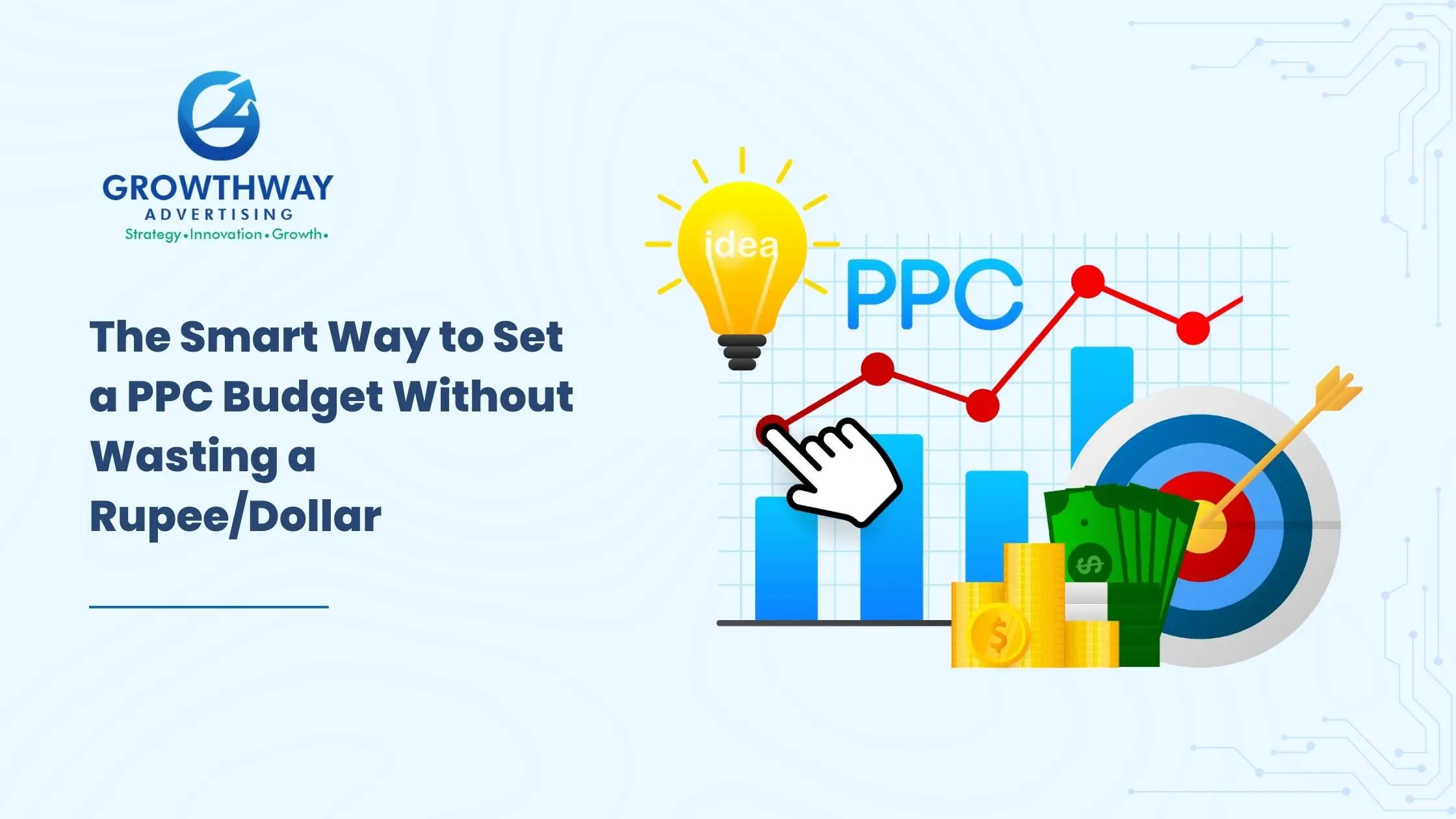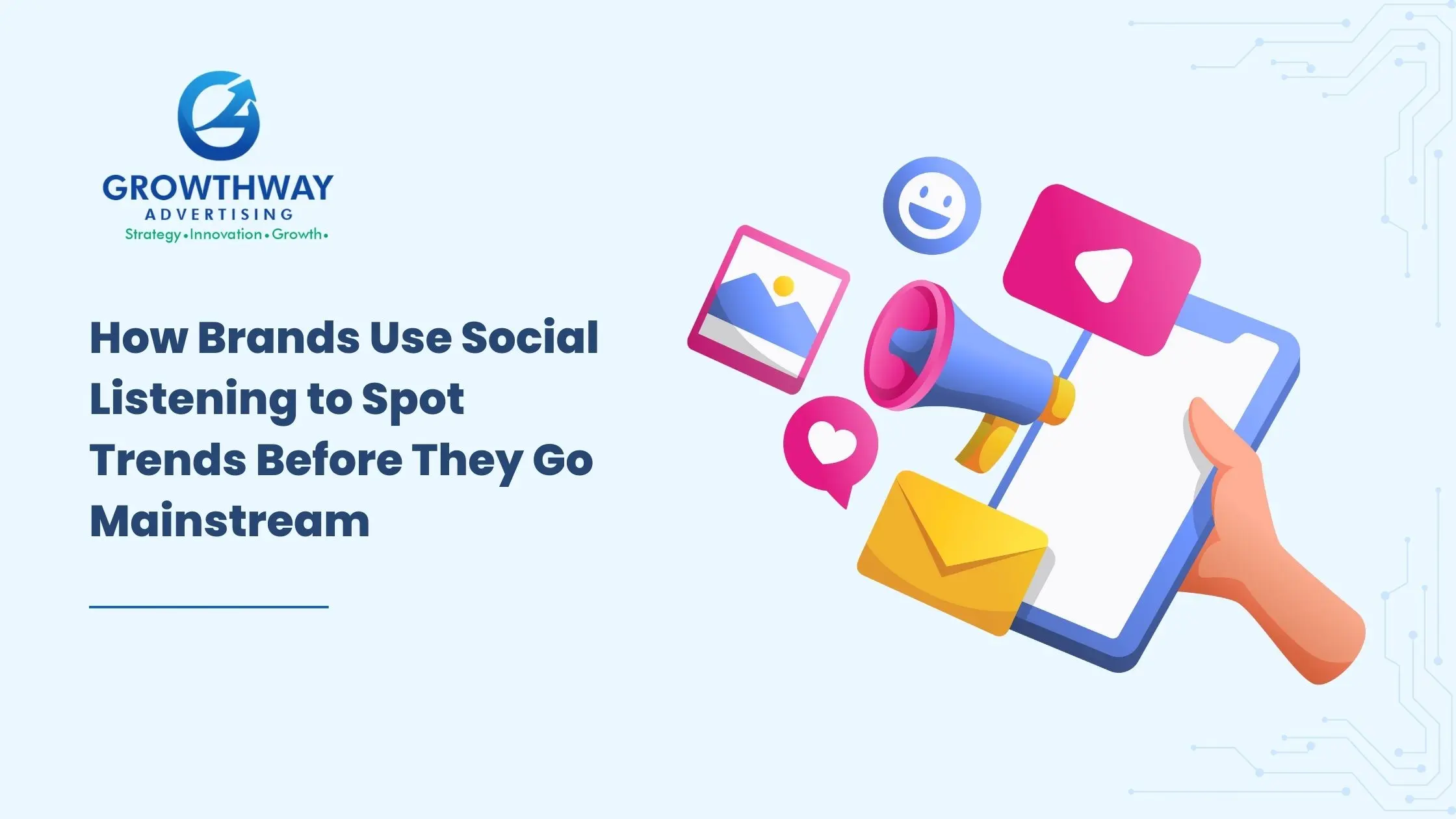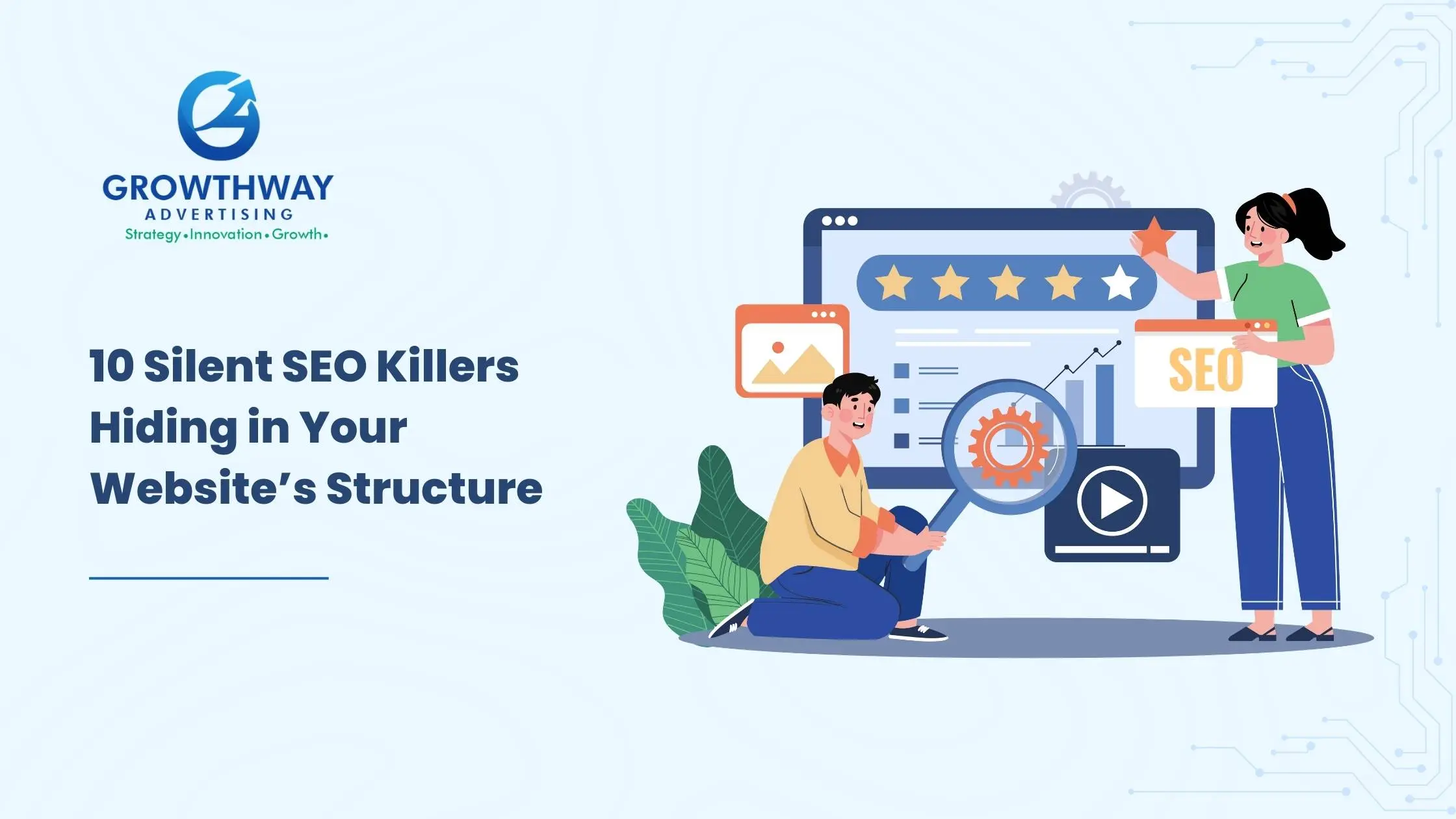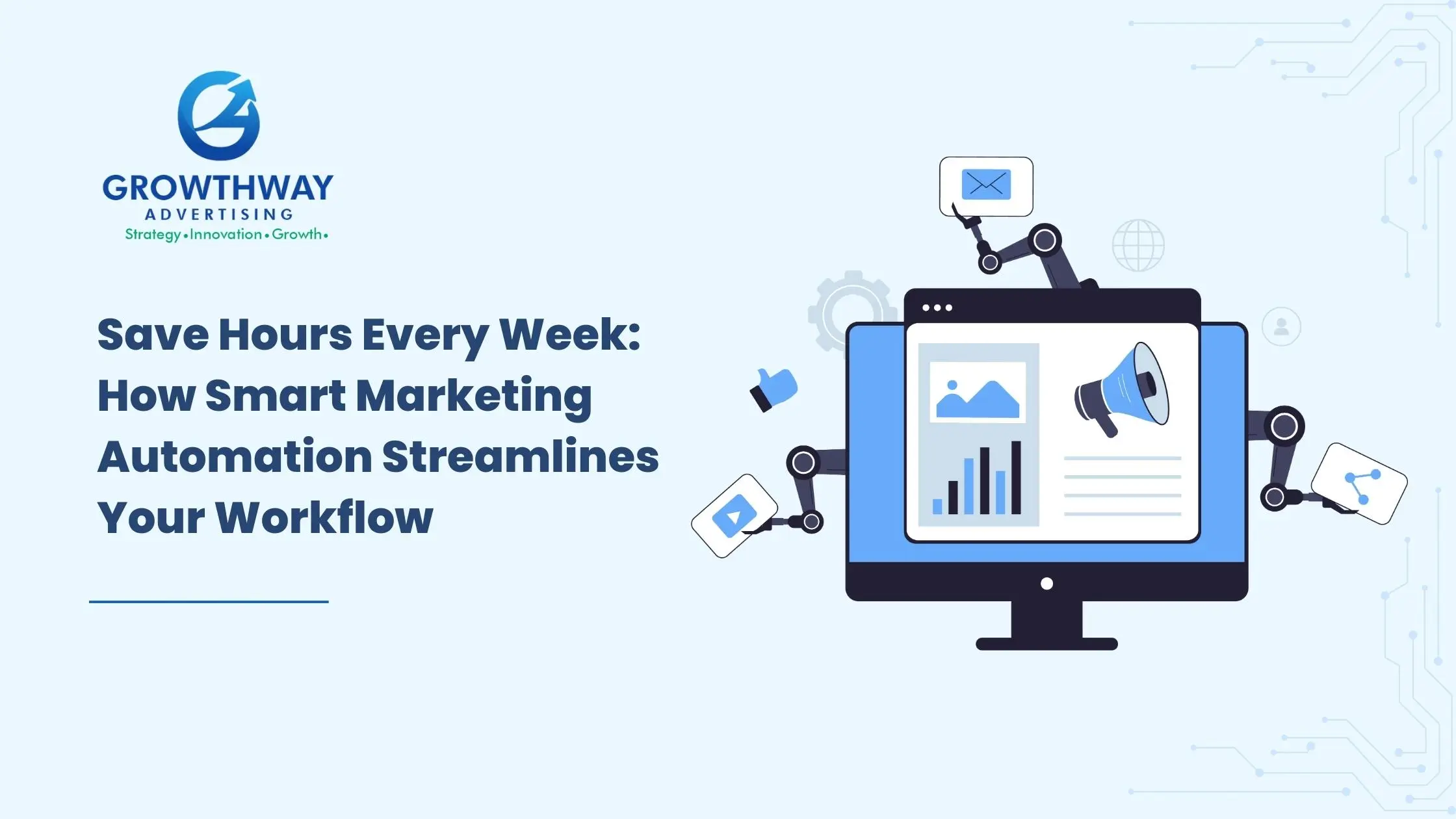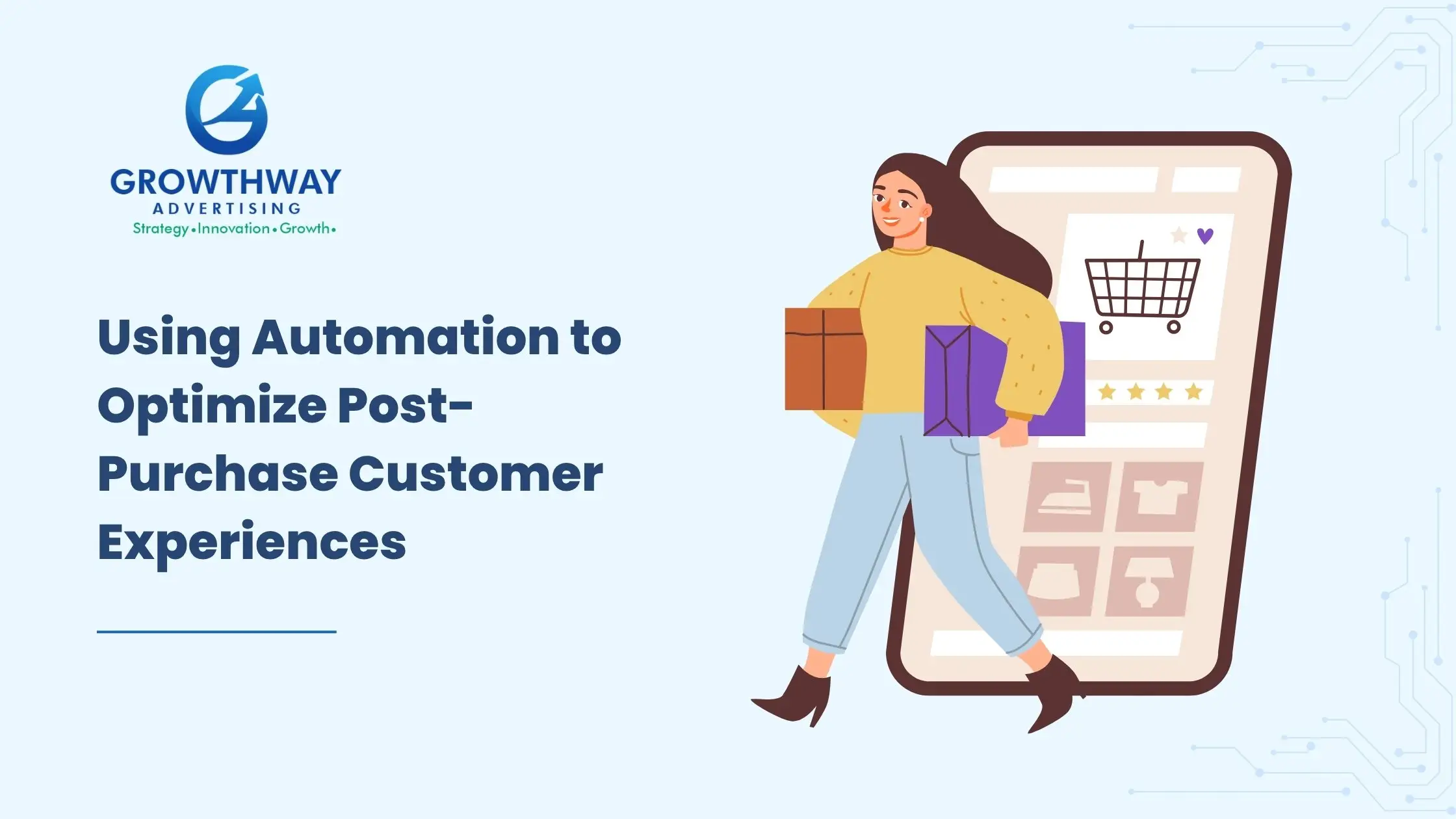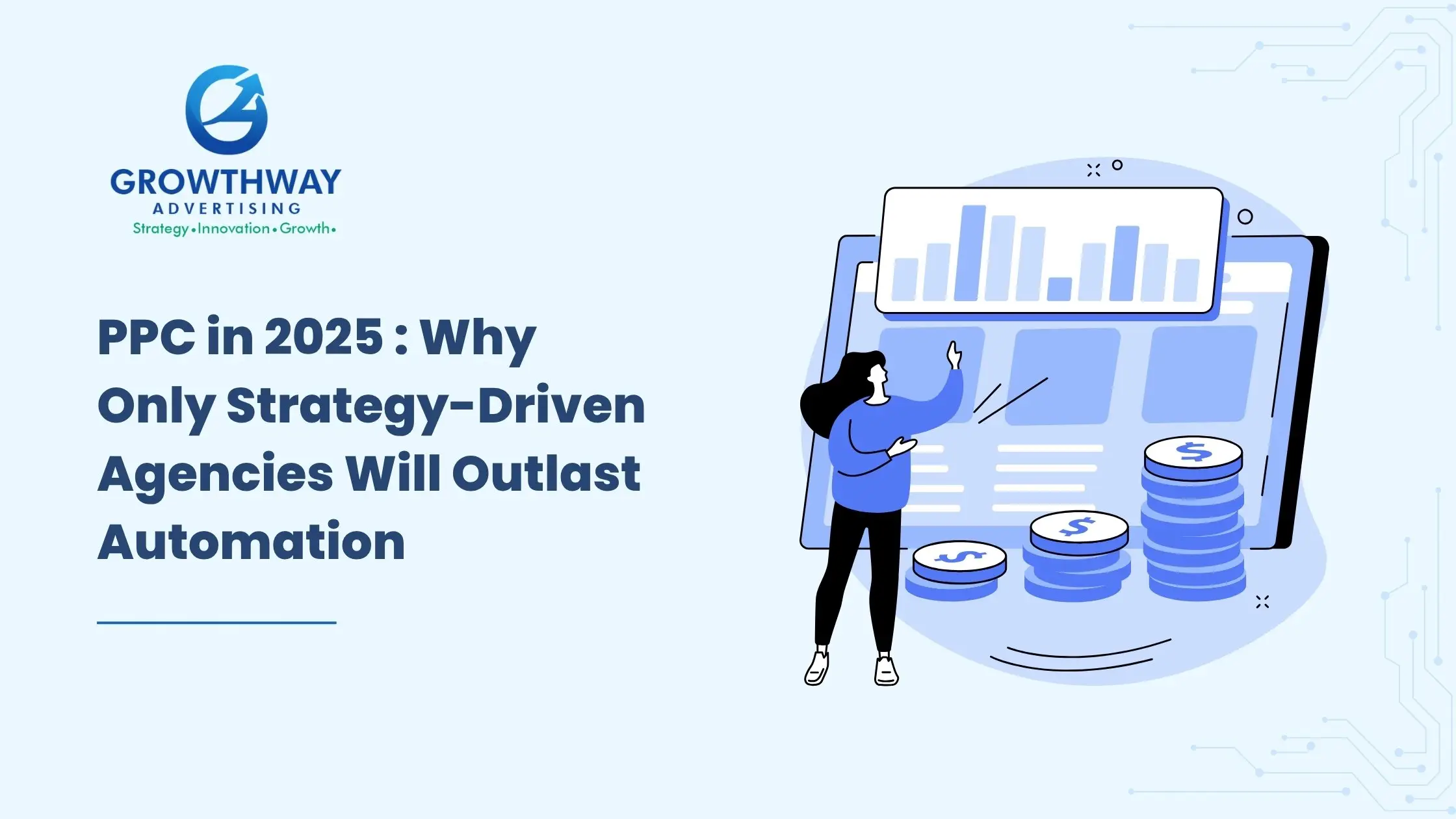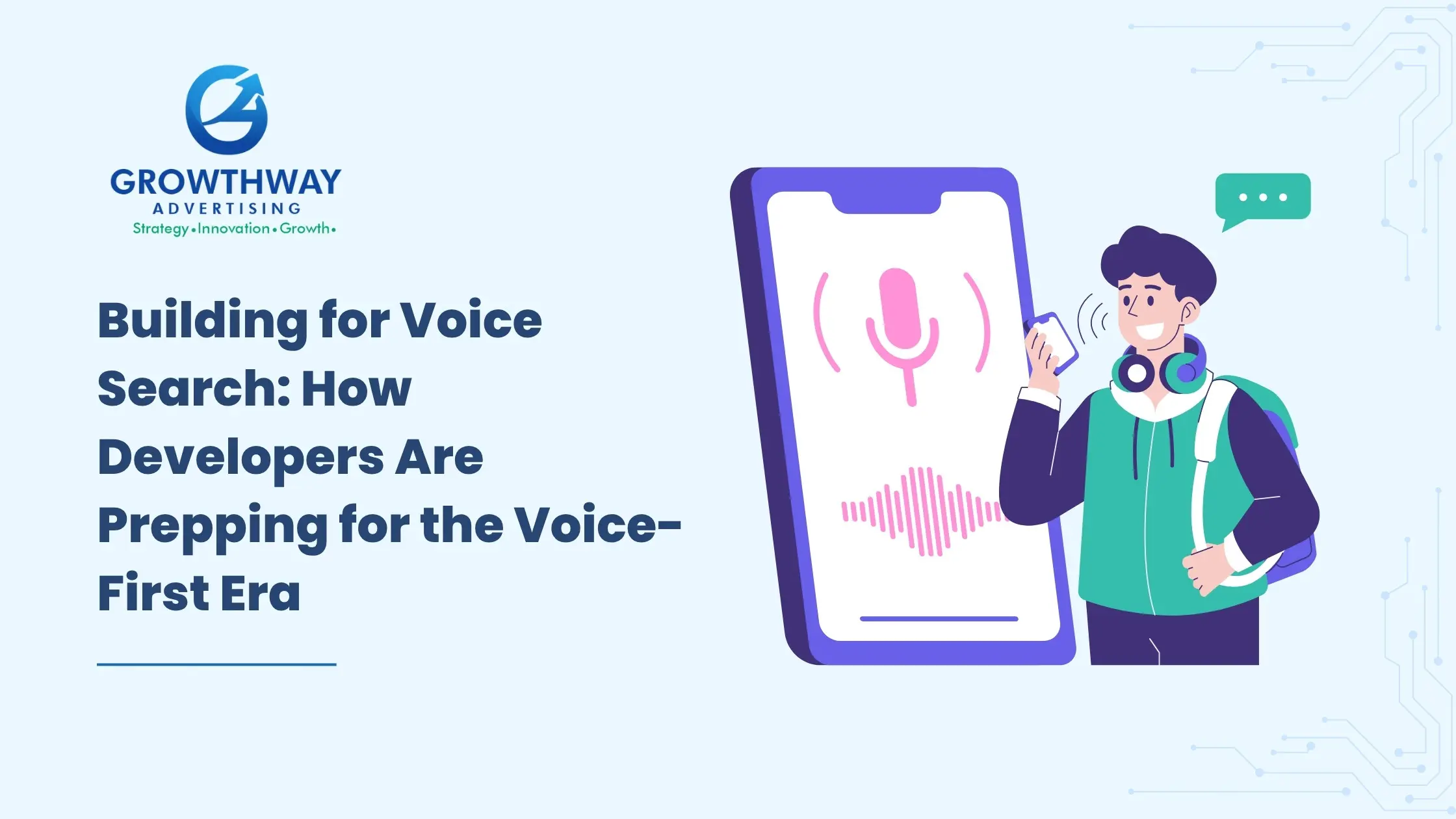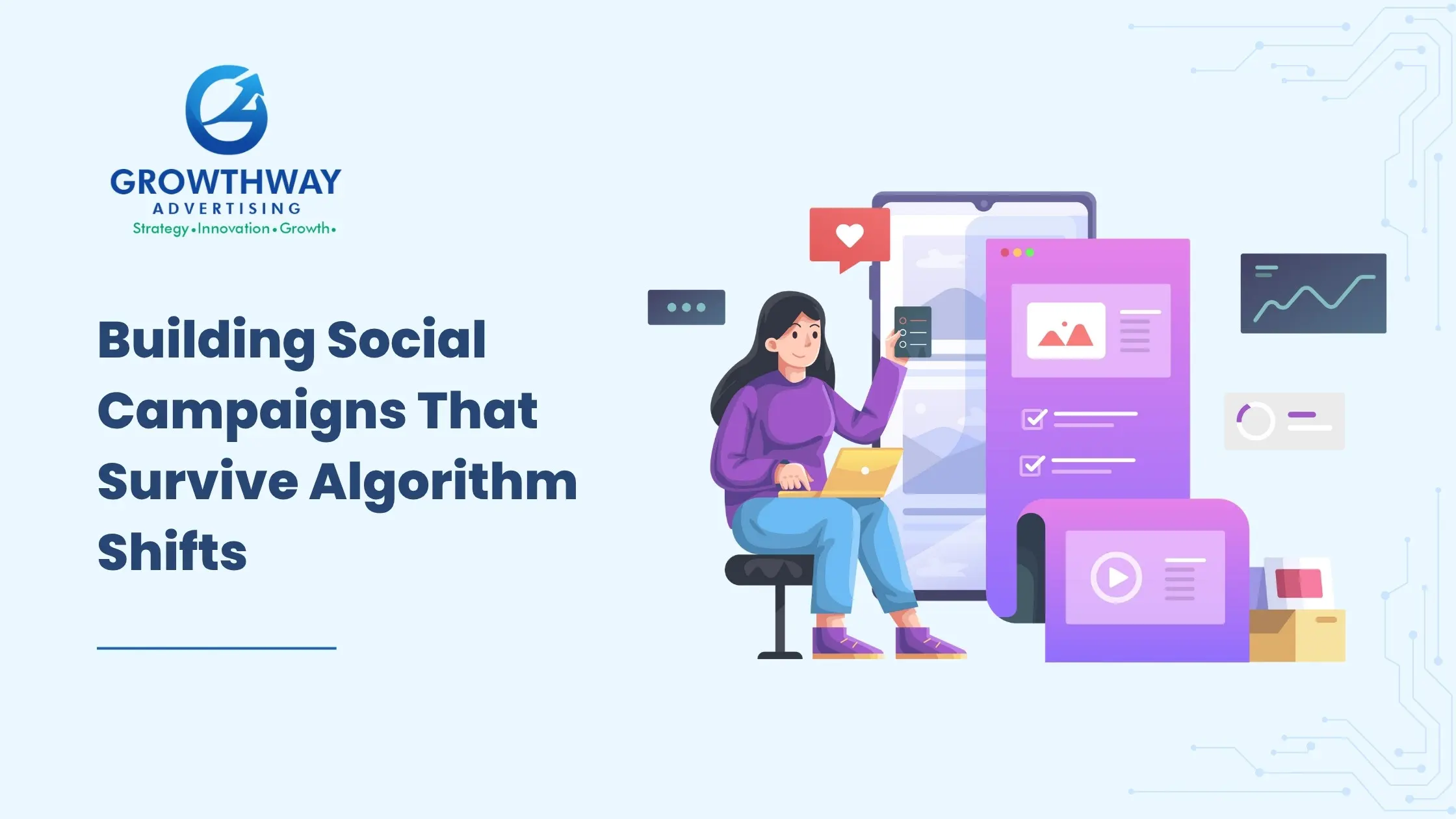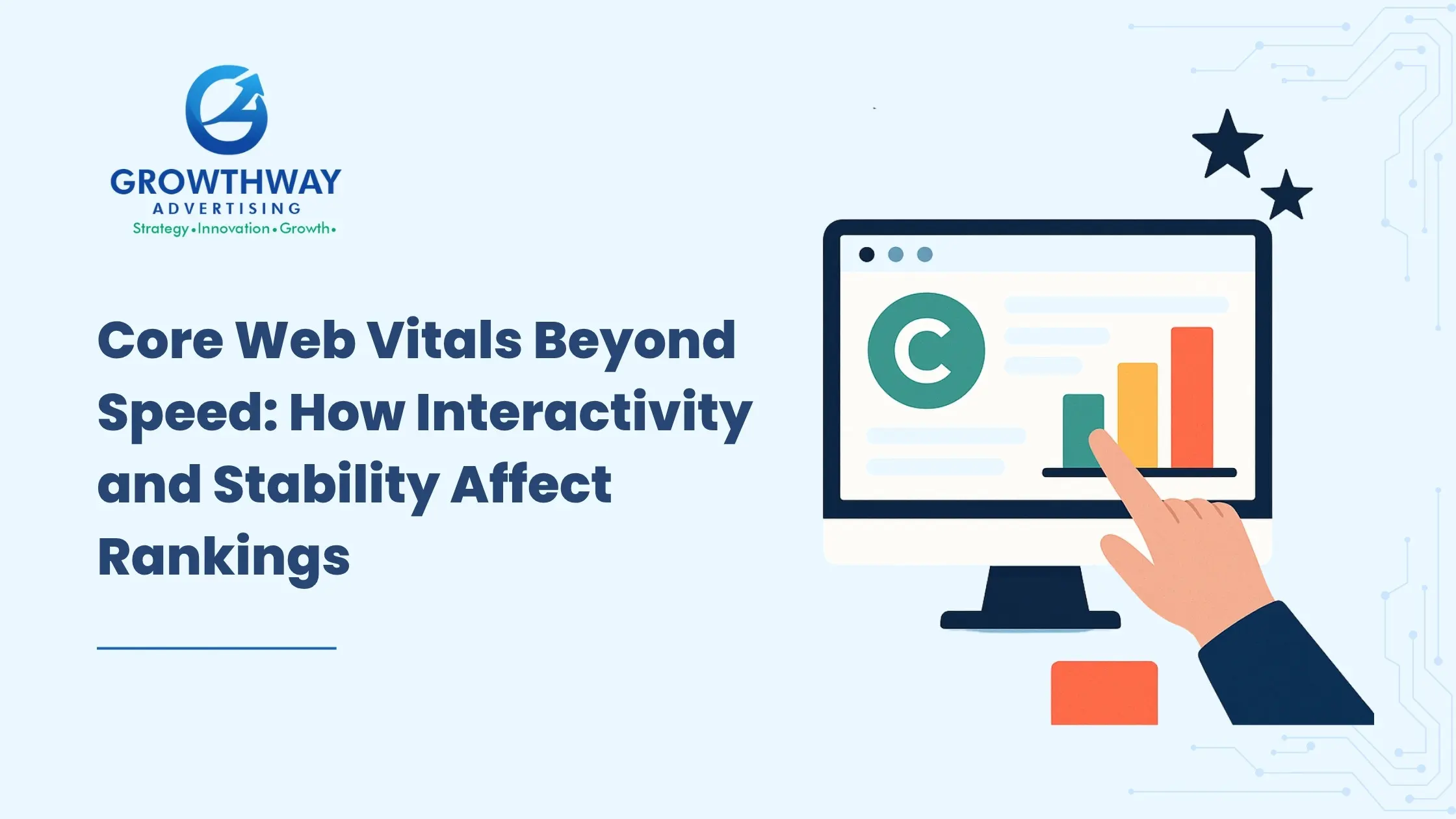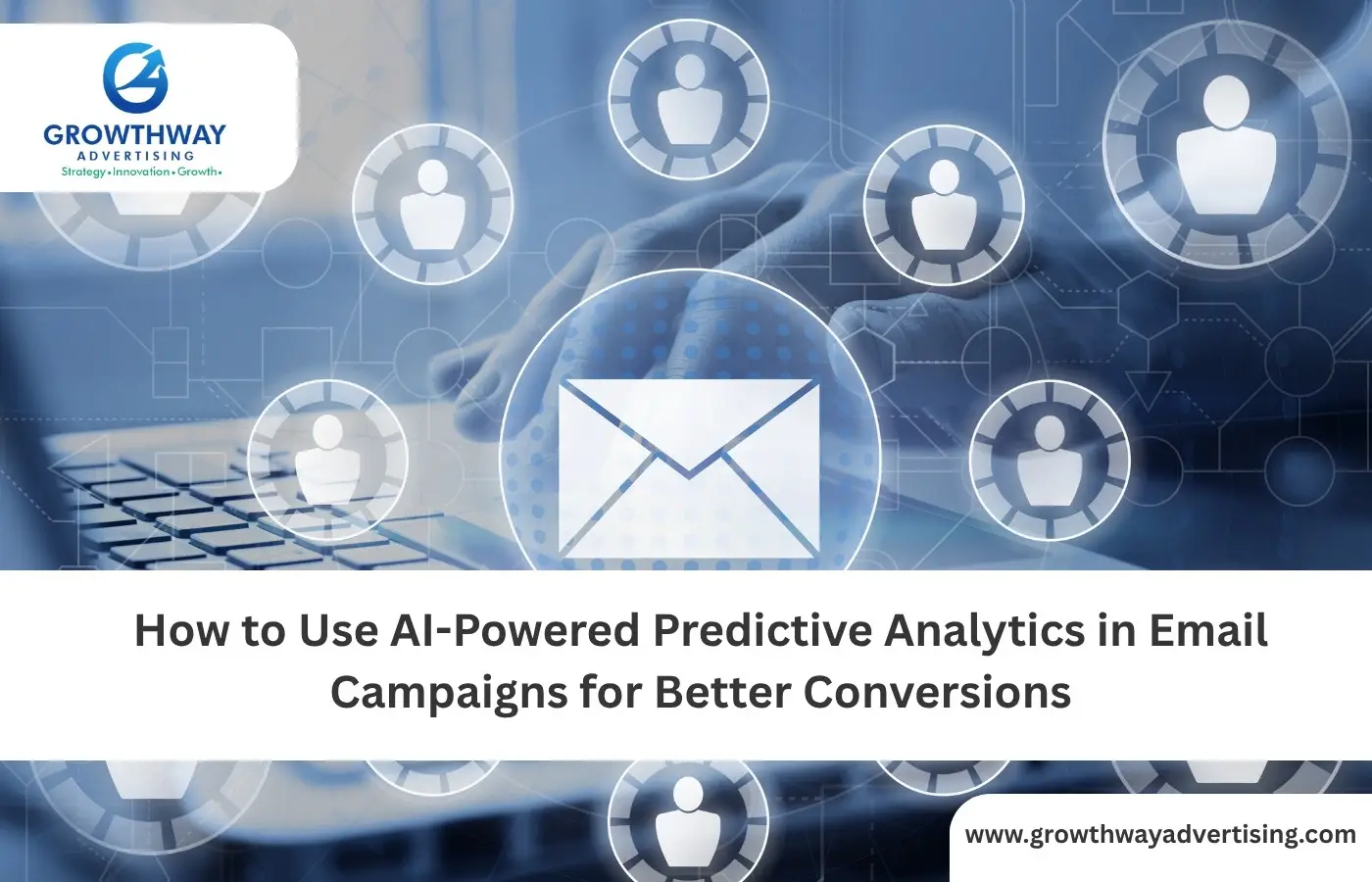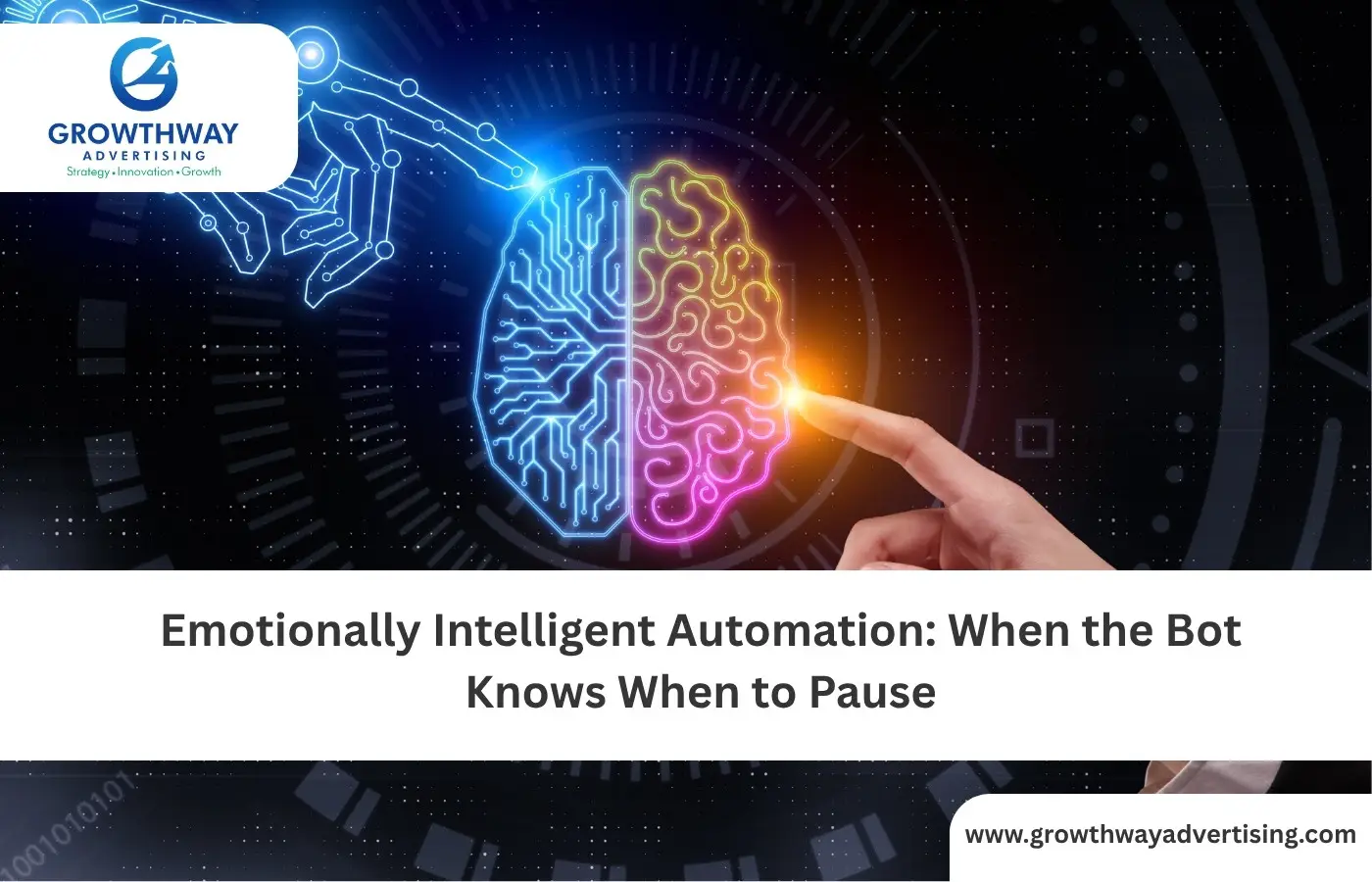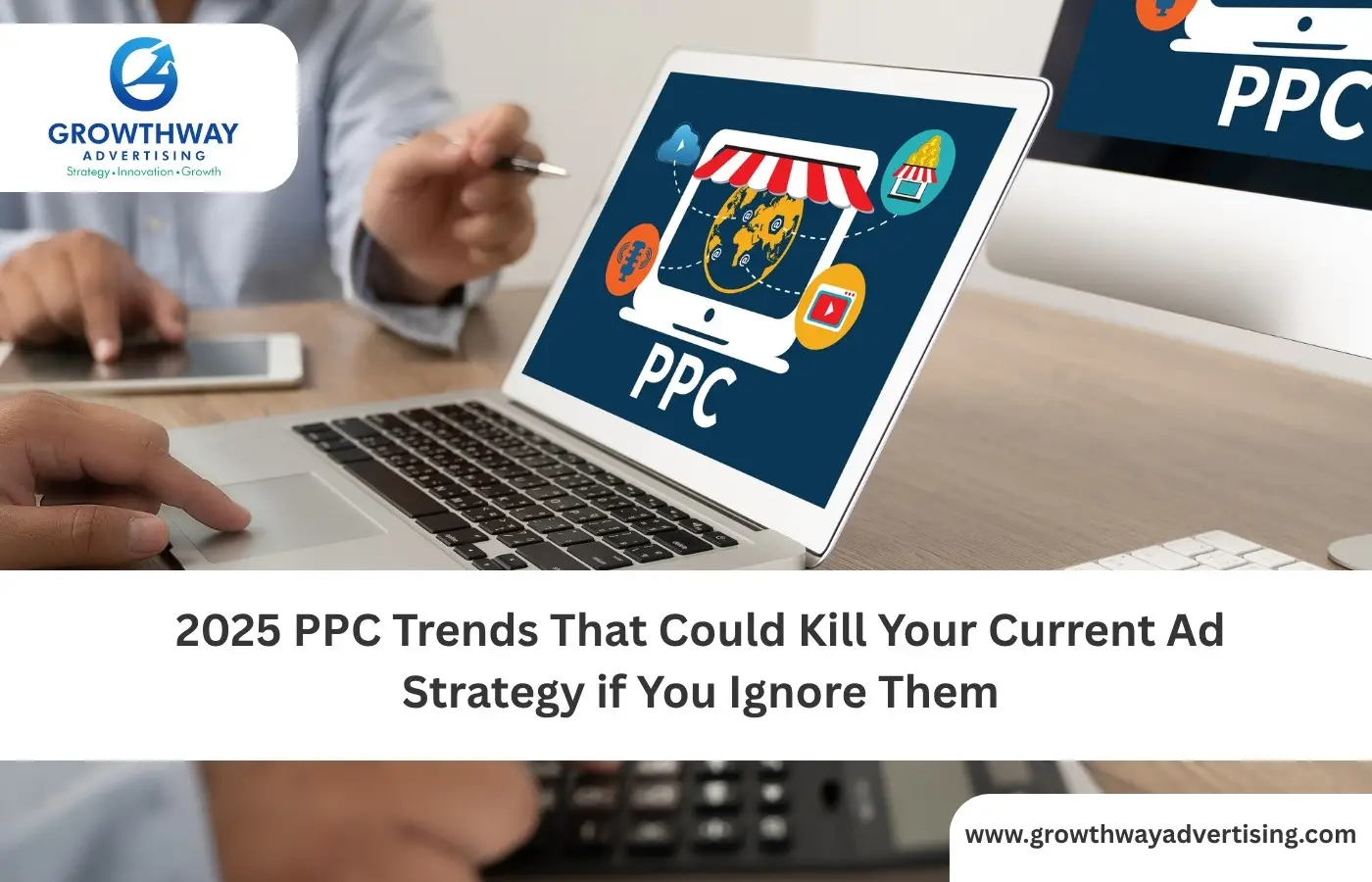All the subscriber lists are united by one item: the percentage of those who gradually cease to open, click, or interact. They might have loved your content at one time, but life, an overflowing inbox, or changing priorities eventually made them mere spectators. This does not imply that they become irrecoverable. With the right reactivation campaign plans, you can create interest, win back trust, and convert inactive subscribers into active customers again.
Let’s unpack how to approach this systematically and what most marketers often overlook.
Why Dormant Subscribers Matter
Unengaged subscribers are not mere vanity measures that are dragging down the engagement rates. They also damage send cost, deliverability and conceal revenue potential. Reactivation of a former subscriber is, in most situations, cheaper and quicker than acquiring a new one. This is why customer reactivation falls under the category of retention pillars, rather than a one-time side project.
In the case of companies that rely on professional email marketing services or have an email marketing agency as an outsourcer, the most efficient programs always have automated winback flows to recover disengaged contacts.
Defining Reactivation vs. Re-Engagement
Marketers often blur the lines between re-engagement and reactivation. Here’s the difference:
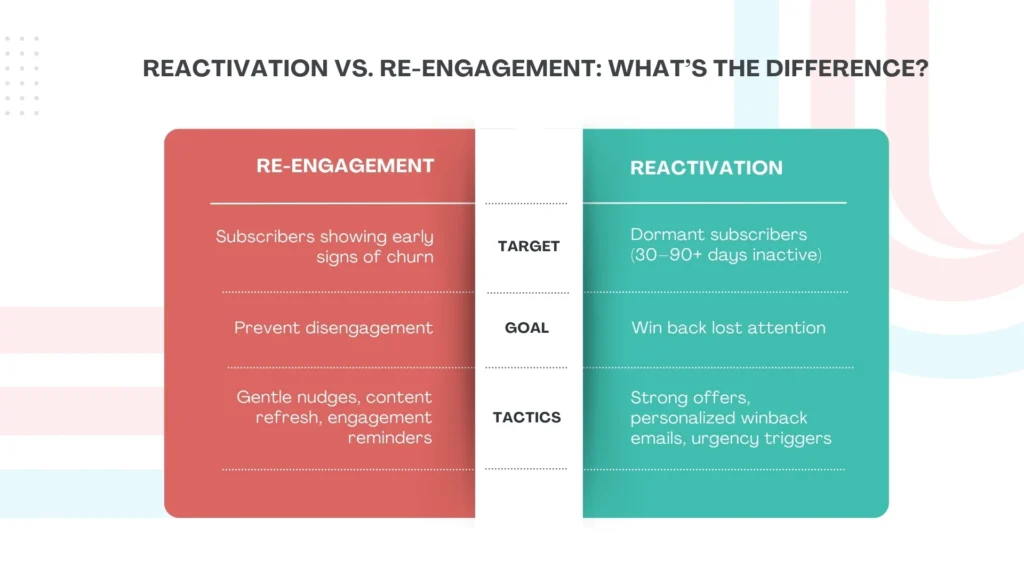
- Re-engagement campaigns: Sent when a subscriber is slipping into inactivity (early churn signals).
- Reactivation campaigns: Sent after the subscriber has already gone silent for a significant period (30, 60, or 90+ days).
The difference is vital since reactivation emails require more than a haphazard reminder, they should reconstruct interest with some value, incentives, or emotion.
Segmentation: The Foundation of Every Reactivation Plan
You can’t win back everyone with the same message. Customer segmentation helps you group dormant subscribers by factors like:
- Last purchase date
- Total spend or lifetime value
- Type of product or service they interacted with
- Length of inactivity
An online retailer could develop a segment of customers who have made a purchase and loyal buyers who have fallen off. Both categories receive follow-up emails; however, the content, tone, and offer differ. This is when the use of advanced email automation workflows comes into force, where triggered email personalization on these segments will be activated.
Core Reactivation Campaign Strategies
The following is a list of the strategies that have been effective in industries:
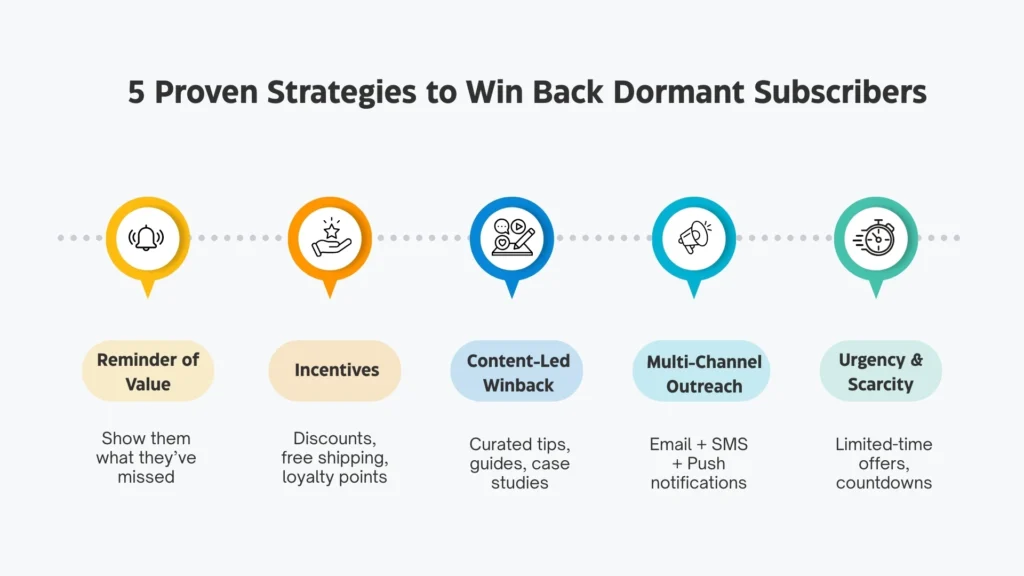
1. Reminder of Value
Re-activate with a basic email reminder to the subscribers on what they are missing. Post new content, highlight advantages, or discuss news they haven’t heard.
2. Incentive-Based Offers
It is possible to make unproductive subscribers decide by offering special discounts, loyalty points, or freebies. Do not rely solely on discounts, however, particularly when you are trying to position yourself as a high-end brand.
3. Content-Led Winback
In some cases, it is not about price but relevancy. Send educational guides, case studies, or tips that have been tailored to their previous behavior. A B2B firm that delivers email marketing services typically recovers leads through new research or specialized tools.
4. Multi-Channel Outreach
Combine email with SMS, push notifications, or even retargeting ads. Dormant subscribers may not open email, but a quick mobile nudge can spark the reconnection.
5. Urgency & Scarcity
Use limited-time promotions, expiring offers, or exclusive events to create FOMO. Inactive subscribers respond well when they feel they’re missing out on something valuable.
What Marketers Often Miss
The fundamentals are not new; nevertheless, there are neglected aspects that make winback campaigns great.
Lifecycle Integration
The reactivation should not be something that comes later. It must be part of your customer experience. All good email marketing agencies will come up with workflow plans that automatically generate reactivation campaigns once the inactivity requirements have been met.
Psychology of Inactivity
Why do subscribers become silent? Perhaps they were overrun, perhaps your frequency was excessive, perhaps your mails had become obsolete. By treating these psychological aspects, your outreach does not appear insistent.
Long-Term Value Measurement
Open and click rates are monitored in most of the businesses but the ultimate indicator is the long-term revenue. The reactivated subscriber that makes a one-time purchase cannot be as valuable as the reactivated subscriber that comes back and turns regular again.
Non-Email Channels
Triggered emails are powerful, but pairing them with WhatsApp, in-app notifications, or even direct mail sets you apart. Few marketers think about dormant subscribers outside the inbox.
Compliance & Reputation
Reaching out to old contacts has risks. If your dormant list is too stale, sending a sudden blast can hurt your sender reputation. Good email marketing companies know when to suppress inactive contacts and focus only on segments with reactivation potential.
Examples of Reactivation Workflows
Let’s walk through what an actual email automation workflow for reactivation might look like:
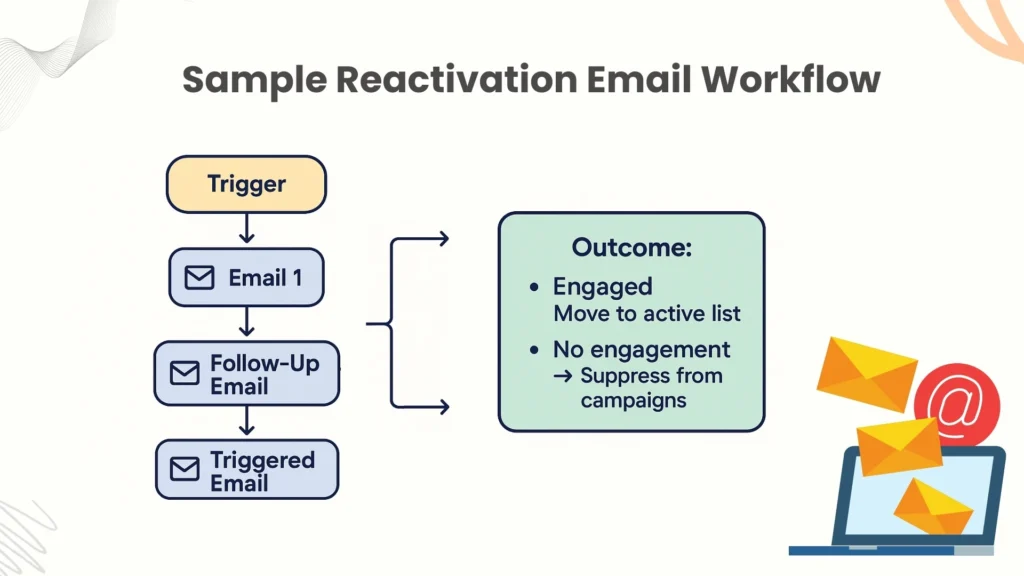
- Trigger: Subscriber inactive for 60 days.
- Email 1: Gentle reminder with recent highlights (“Here’s what you missed”).
- Wait 5 days: If not open, send follow-up email with incentive (discount or bonus content).
- Wait 7 days: If still inactive, send a triggered email with an urgency message (“Last chance to stay subscribed”).
- Branch Logic:
- If subscriber engages → move them back to the active list.
- If no engagement after 3 touches → suppress from future campaigns to protect deliverability.
This is the kind of setup that several email marketing companies that are based in India will use with e-commerce or SaaS companies. It is not too pushy but respects the inbox of the subscriber.
Creative Approaches Beyond Discounts
Most reactivation attempts lean on promotions. While that works, creativity goes further:
- Gamification: Offer points, badges, or challenges for returning customers.
- Community Engagement: Invite them into a private group or event.
- Personalized Stories: Show them what’s changed since they left (new features, new services, success stories).
- Feedback Requests: Ask why they stopped engaging. Sometimes just asking brings them back.
An email marketing agency that uses storytelling alongside incentives often sees higher engagement compared to purely transactional winbacks.
Metrics That Actually Matter
When tracking reactivation campaign strategies, avoid tunnel vision on open rates. Instead, focus on:
- Reactivation conversion rate (how many inactive subscribers re-engaged)
- Long-term purchase frequency after reactivation
- Churn prevention rate (how many subscribers you saved before going completely inactive)
- Revenue lift attributed to reactivated customers
These measures provide a better understanding of the fact that your winback campaigns are actually achieving business value.
The Role of Professional Support
Most companies attempt to do such campaigns internally but fail in segmentation, workflow implementation and deliverability. At this point, the specialized email marketing services come in. It is the knowledge and proven models that will be valuable whether you go with international companies or local email marketing companies in India.
Good email marketing companies don’t just build reactivation emails; they align campaigns with retention goals, customer psychology, and automation technology. They also monitor compliance so you don’t risk blacklists or legal issues.
By collaborating with the appropriate email marketing service providers, your campaigns will not only wake up dormant subscribers but also pave the way for them to become loyal and long-time customers once more.
FAQ’s
Regular email marketing focuses on engaging active subscribers. Reactivation campaigns specifically target inactive users, often with winback campaigns or triggered emails designed to re-establish a connection.
Most email marketing service providers recommend targeting users after 30, 60, or 90 days of inactivity, depending on your sending frequency and industry.
Customer segmentation allows you to group dormant subscribers based on their past behavior or value. This ensures your follow-up emails are personalized and relevant, rather than one-size-fits-all.
Popular types include reminder emails, special offers, content updates, surveys, and “we miss you” campaigns. Many marketing agencies also use gamification or storytelling in these emails.
Email automation workflows create structured sequences that send triggered emails automatically when a subscriber goes quiet. This saves time and ensures consistent follow-up without manual effort.
Go beyond opens and clicks. Track reactivation conversion rates, long-term customer value, and churn prevention to see how well your reactivation campaign strategies are performing.



